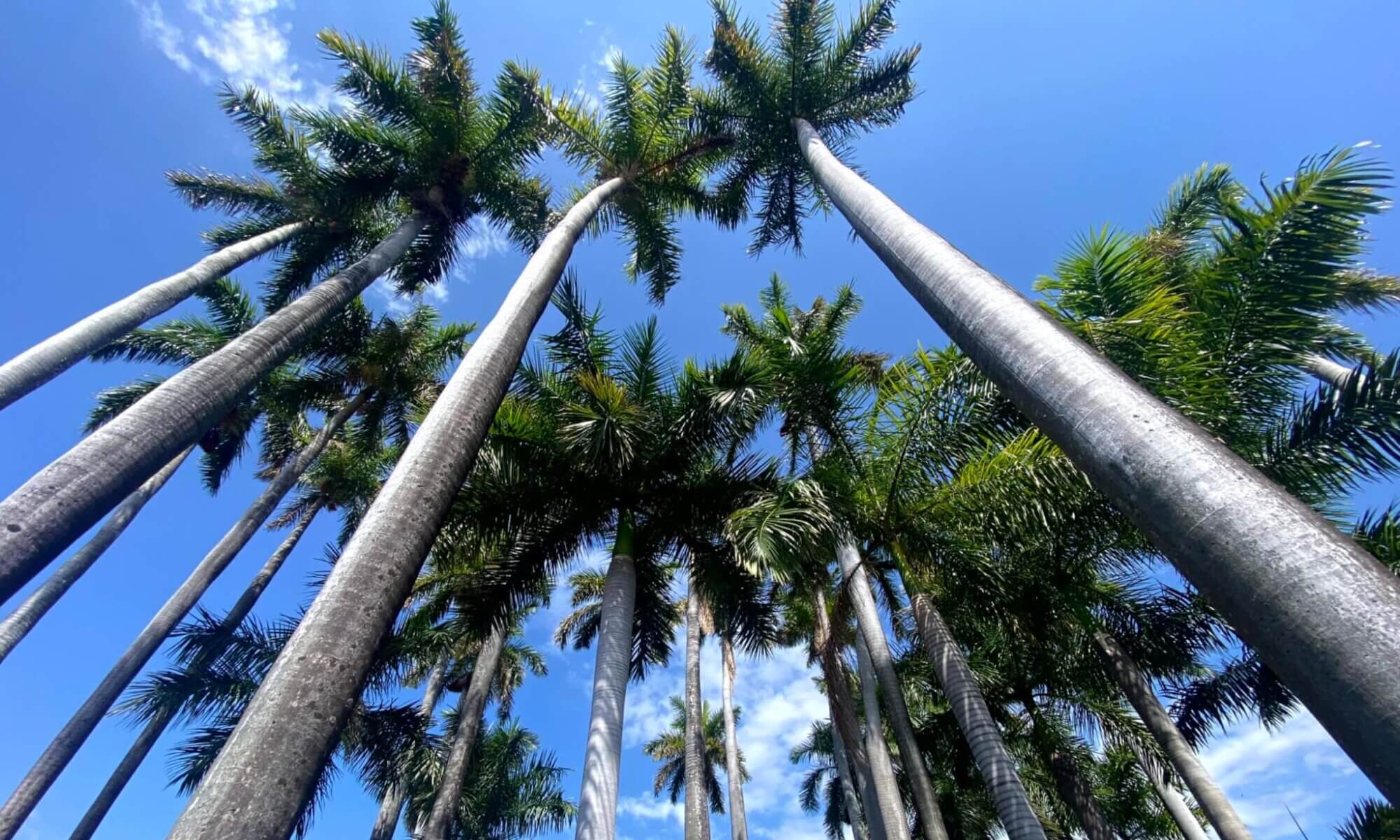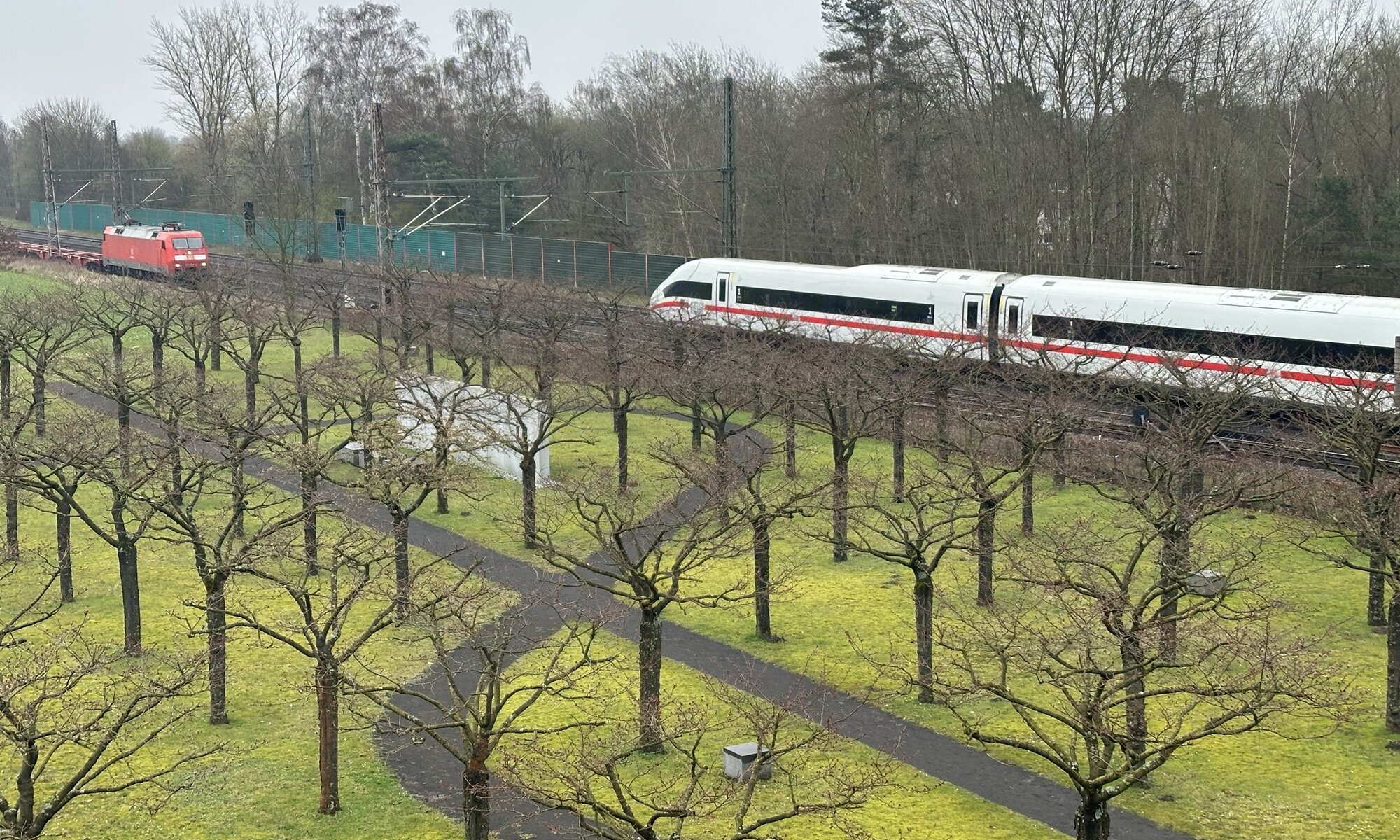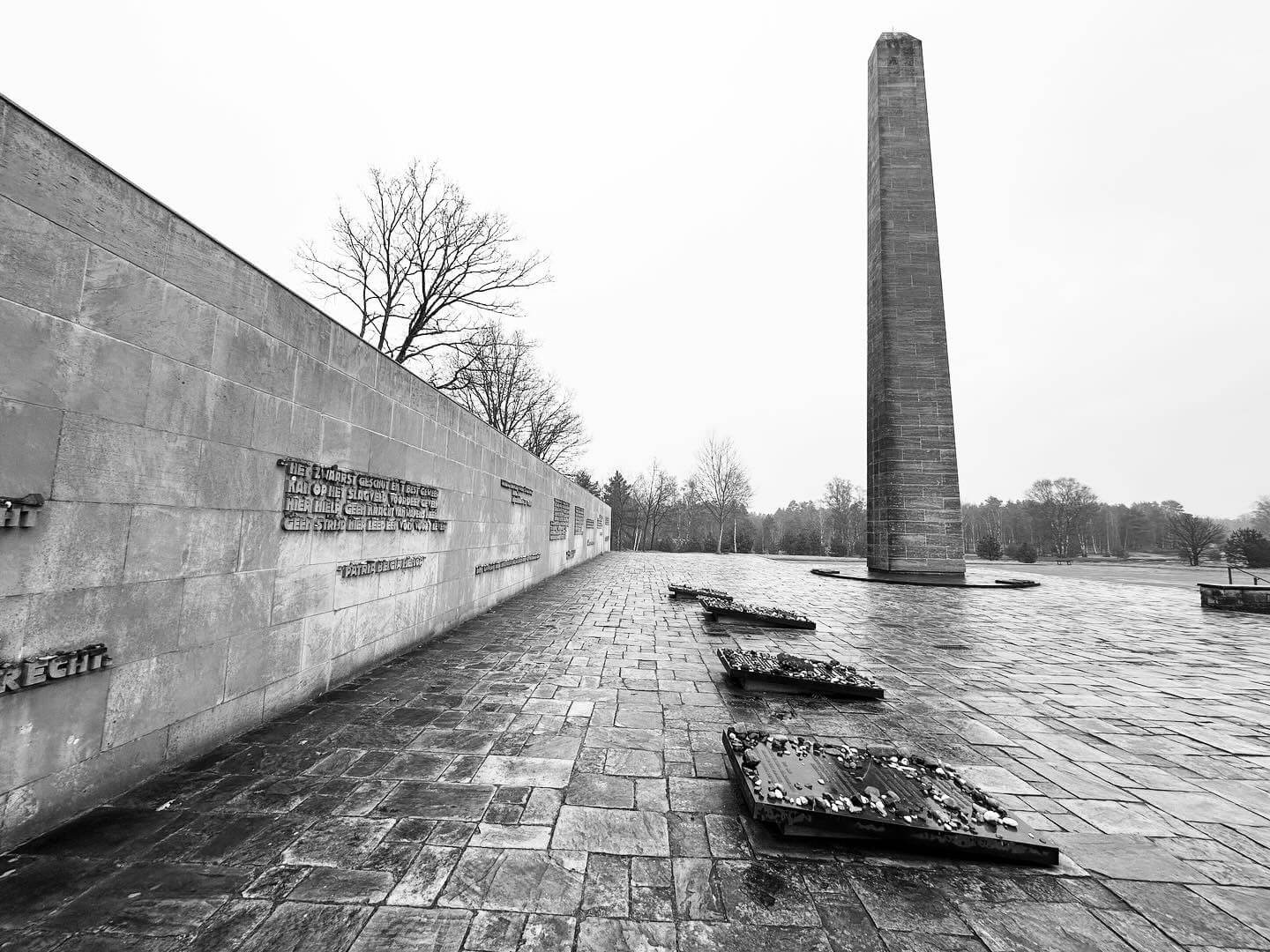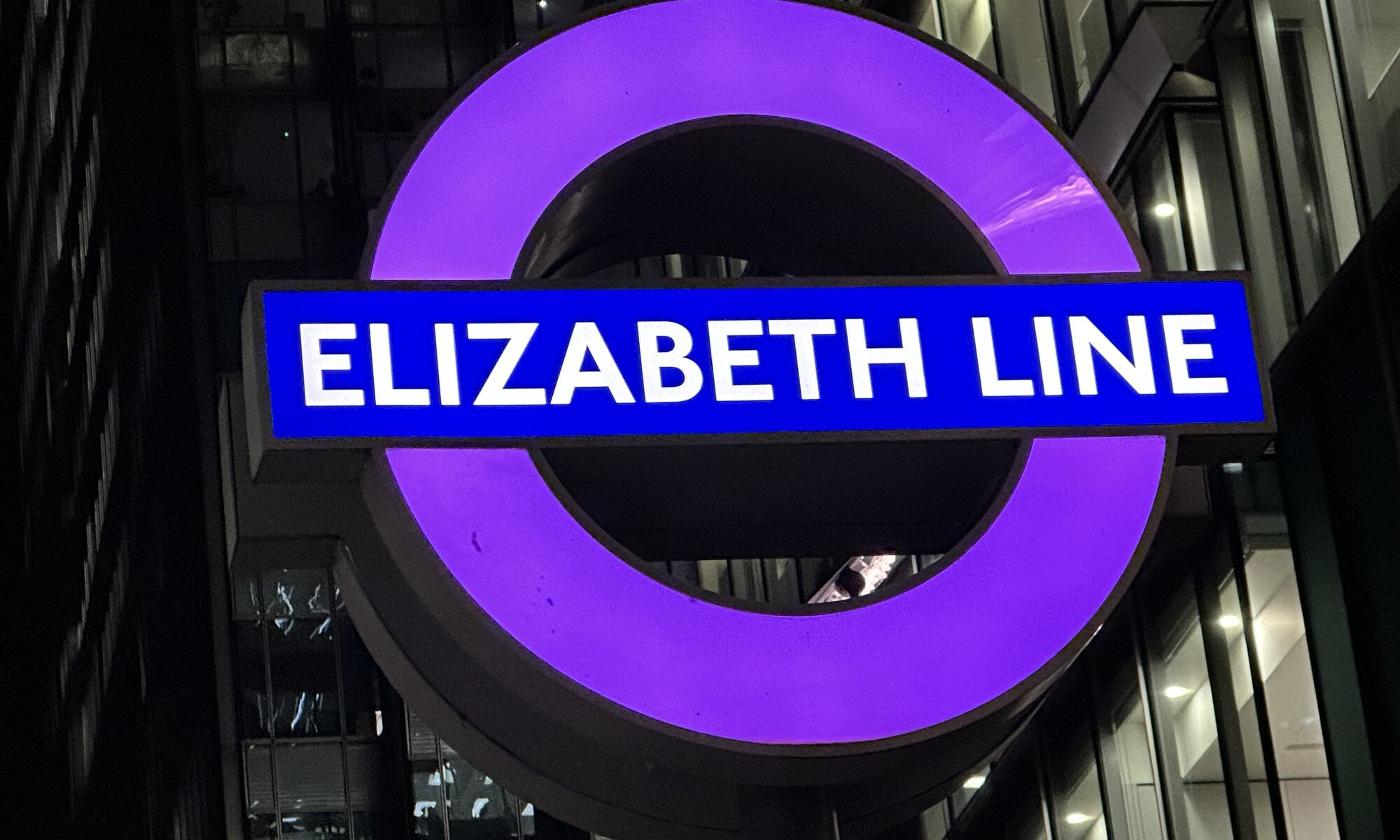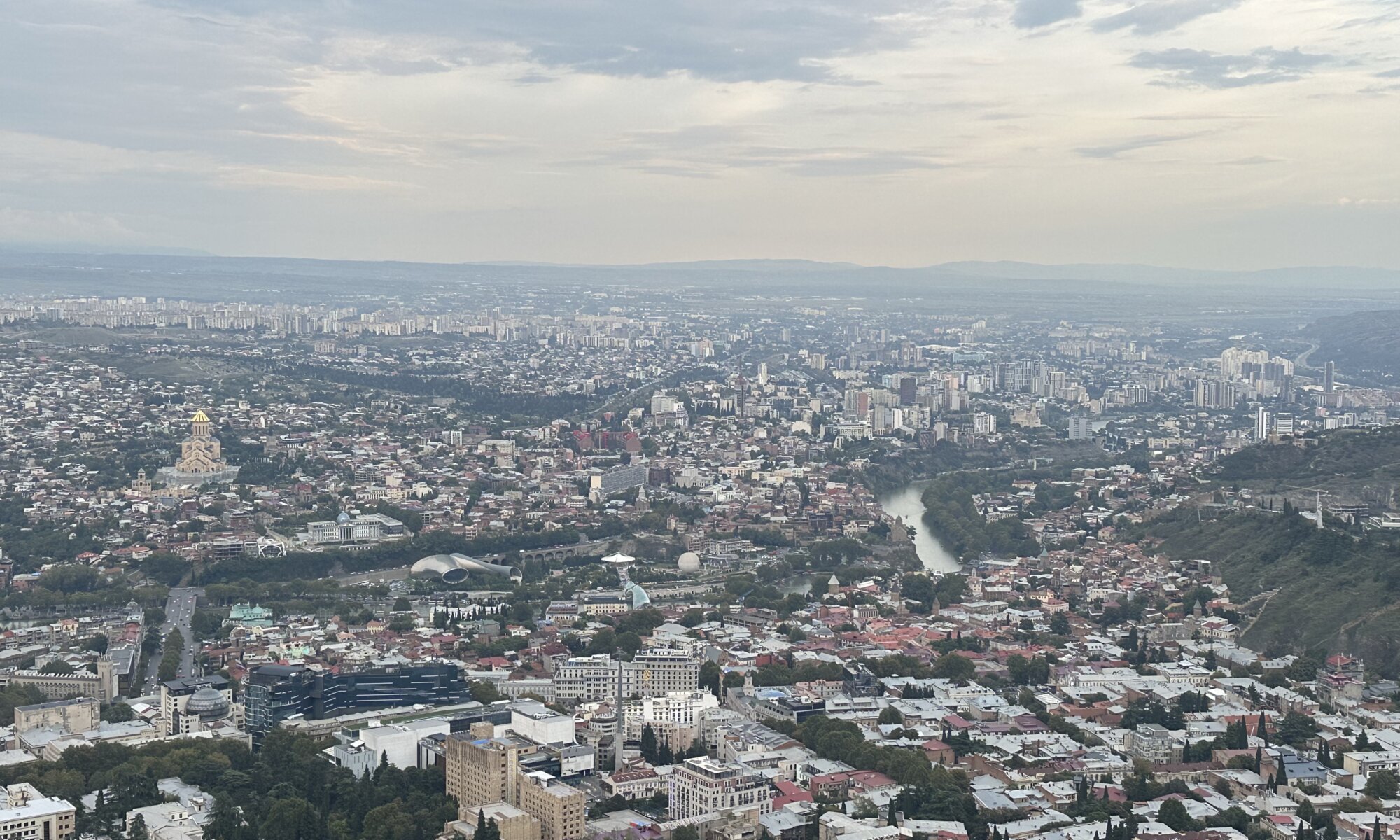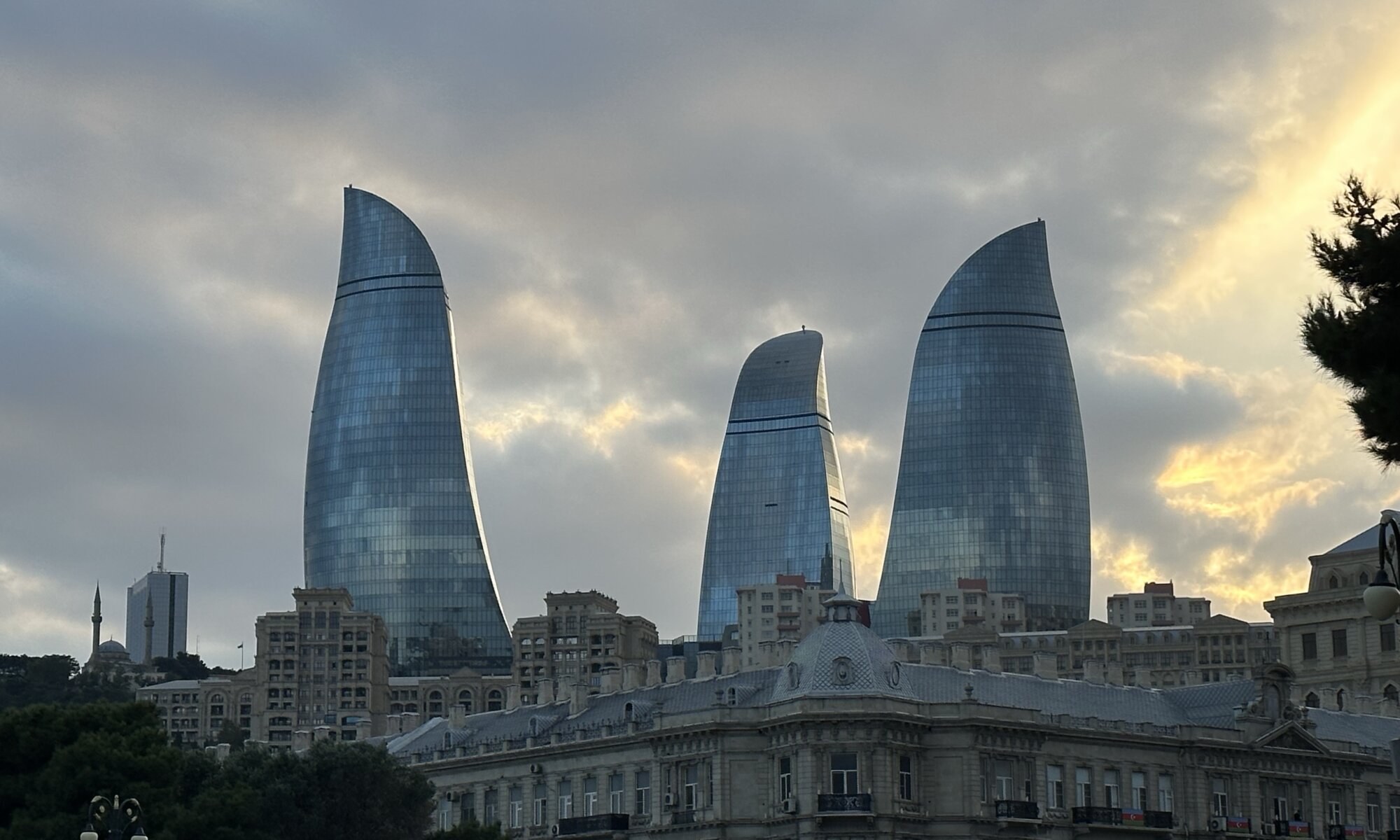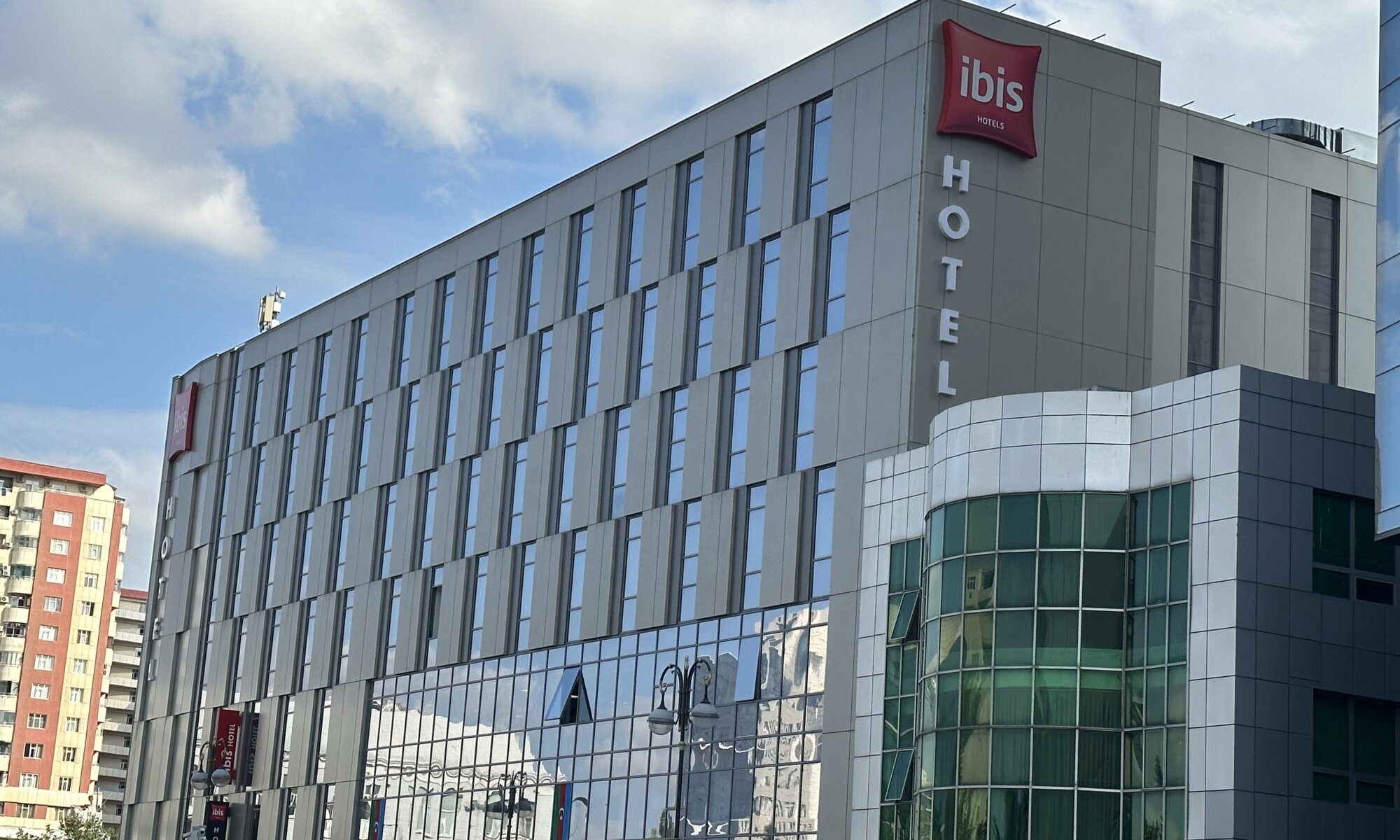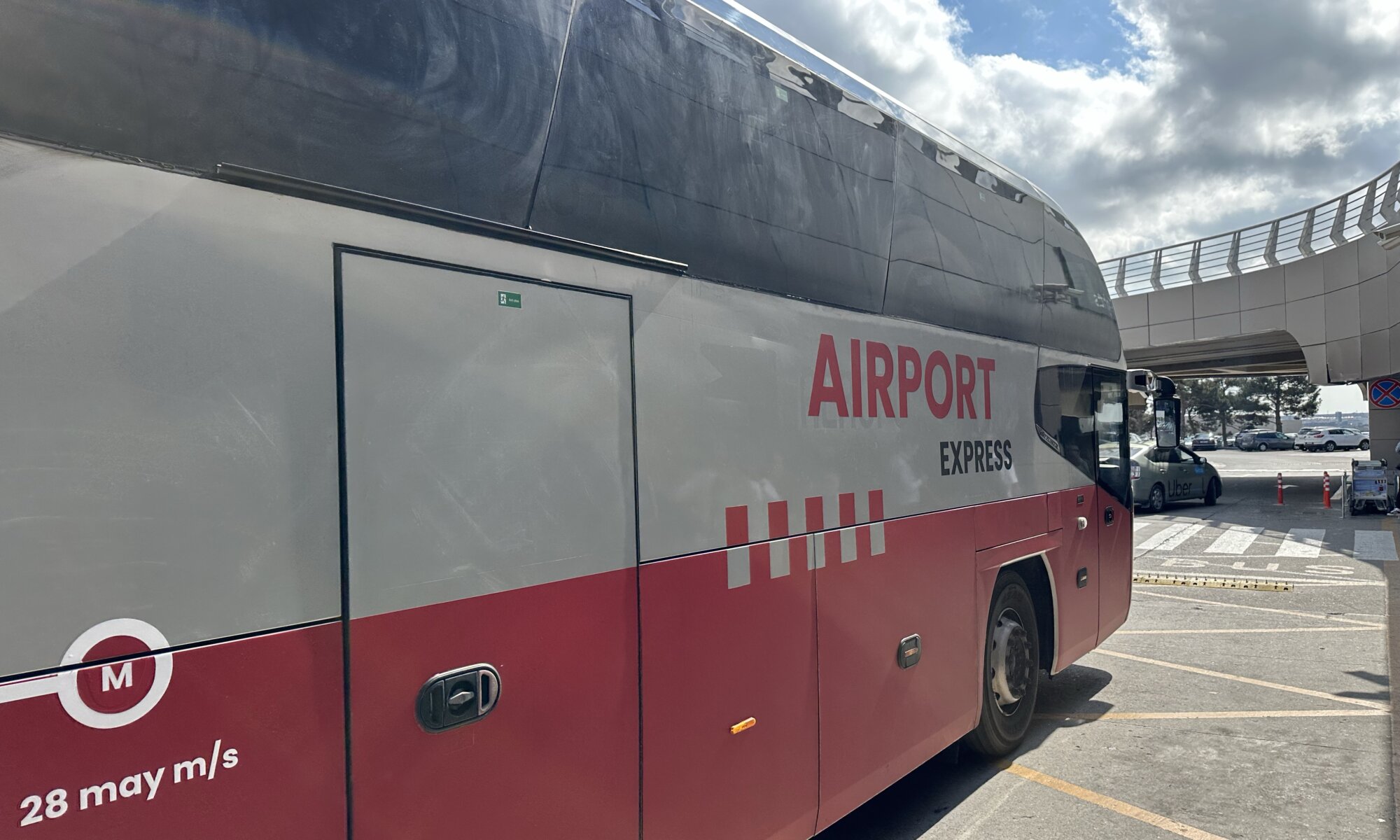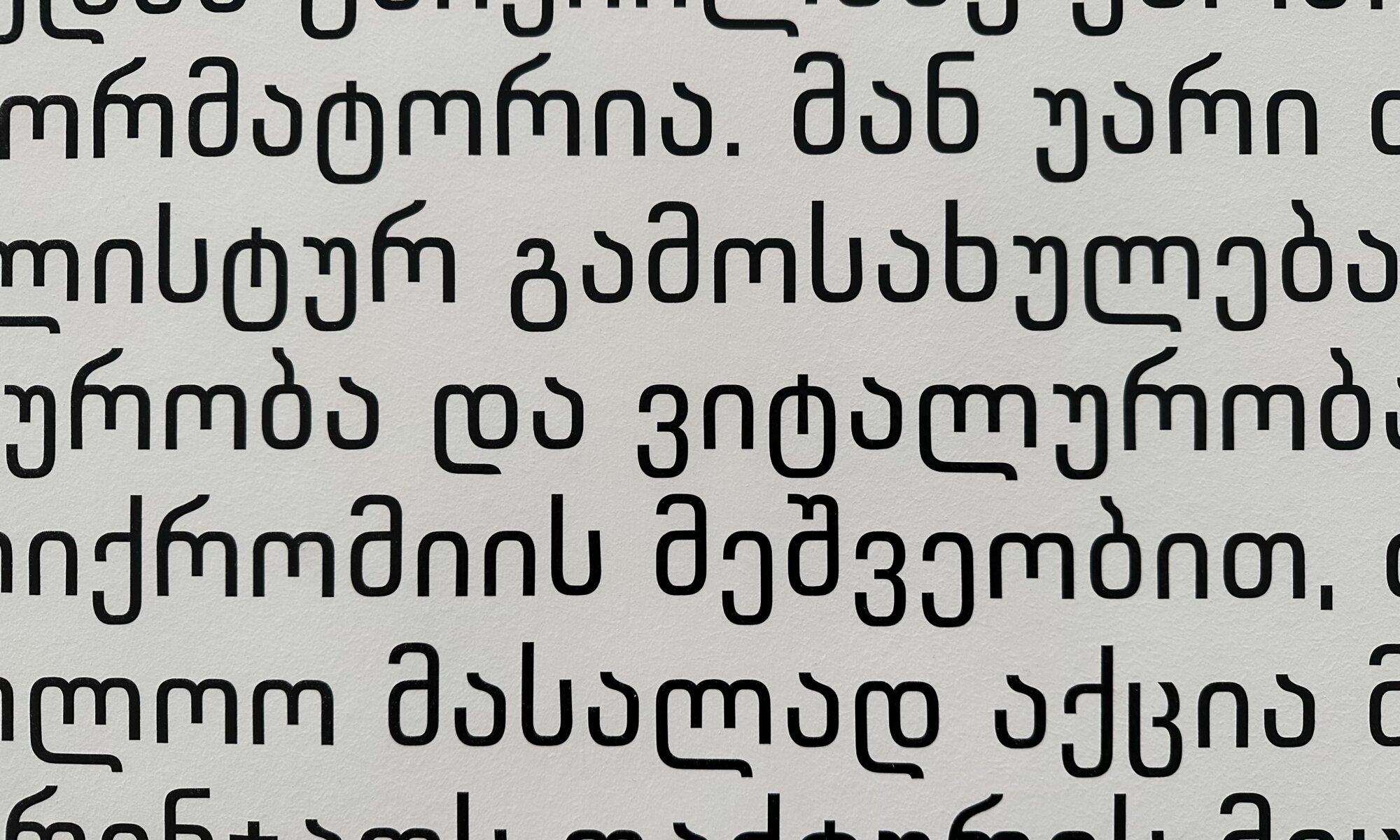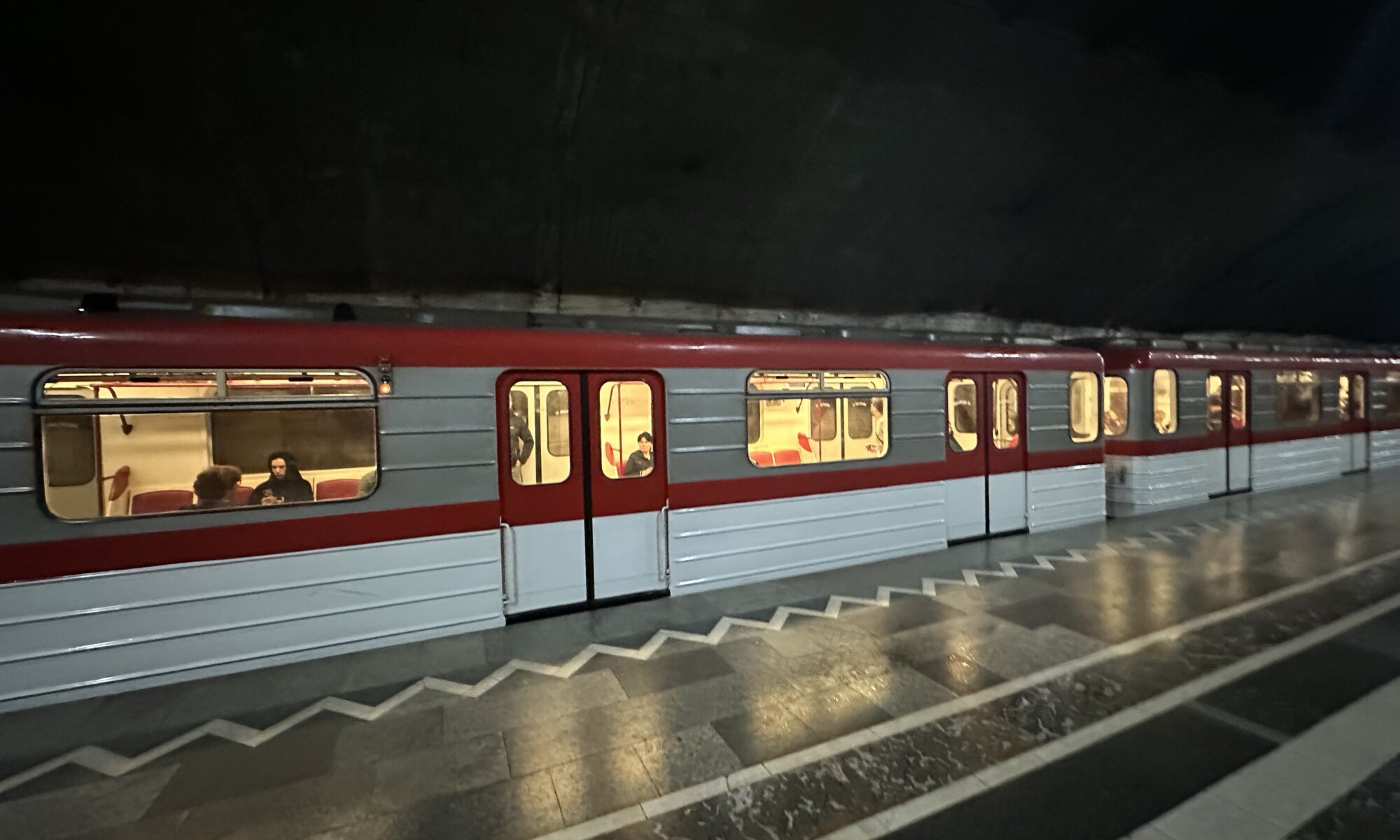I’ve been using high-speed trains in Germany very often and always felt secure. Travelling by train is one of the most secure means of transport and there are many technical measures that ensure this, including the European Train Control System (ETCS), dedicated allowances to use a railway track as well as automated braking the train if the train driver is not responding or the train too fast. When travelling by car you have a 164 times higher risk to get injured than in a train. But even a system like this can never be 100 % secure and we all had to learn that on June 3rd, 1998, when the most severe accident of European high-speed trains happened close to a small city in Lower Saxony.
Continue reading “Eschede”Bergen-Belsen
The horror of Bergen-Belsen evolved over time. First, this place located between Celle and Soltau was a military training ground, then it became a camp for prisoners of war from France, Italy and the Soviet Union. From 1943 on the SS turned parts of the camp site into concentration camp; some of the Jewish inmates were planned to be exchanged against Germans detained outside of Germany, others were transported further on to extinction camps. At the end of the World War II concentration camps close to the battle zones were evacuated and tens of thousands were brought to Bergen-Belsen. Overall 38,000 humans died on this soil while the concentration camp was operating. Unfortunately around 14,000 died after the liberation because of illnesses and bad supply.
Continue reading “Bergen-Belsen”Crossrail
I hadn’t been to London for over four years and when I headed through the underground of the Heathrow airport towards the Heathrow Express I noticed a major change in public transport: the tracks used by the high-speed train to Paddington are now also used by the new Elizabeth Line colored in purple. The new line was created in a project called Crossrail, because it is a connection from East to West throughout the city – opened in autumn 2022.
Continue reading “Crossrail”Place of warmth
It was 4 am when the lights of თბილისი appeared at the windows of the plane taking me to Georgia. A driver picked me up and drove me through the capital city that was still completely asleep. I dropped my bag at the hotel and sat in front in the dark, surrounded by stray dogs. A quick look at the watch: 5 pm, time for a coffee from one of the 24/7 shops and a walk through the empty streets to enjoy sunrise over the Mtkwari river.
Continue reading “Place of warmth”City of the winds
Bakı is a city like no other. The capital city of Azerbaijan is shaped by the fossil resources available at the shore of the Caspian sea: oil and gas. They’re owned by the State Oil Company of Azerbaijan Republic (SOCAR) and create visible wealth and they are so widely available that they even remain unused and create continuously burning mountains and bubbling mud volcanoes. An endless number of horsehead pumps are moving around the city, three skyscrapers are shaped like flames and there is even a religion (Zoroastrianism) that worships the flame.
Continue reading “City of the winds”ibis Baku
The city of Bakı offers a wide range of hotel options: from the typical high-class and upper class western hotel chains (easily bookable via the Internet) to charming smaller hotels especially around the inner city İçəri Şəhər. Most tourists seem to prefer the latter and book local hotels and apartments close to the historic city center.
Continue reading “ibis Baku”Manatı and Qəpik
If you need to pay at Azerbaijan you’ll have to use the Azərbaycan Manatı (AZN, ₼). The currency symbol is like the Euro sign but rotated 90 degrees to the right and that is not the only connection to the Euro: the Manatı notes and coins might look familiar to Europeans as they’ve been designed by the same currency designer, Robert Kalina. The Manatı is divided into 100 Qəpik and all available coins are Qəpik, the smallest note is one Manatı.
Continue reading “Manatı and Qəpik”BakıKart
Do you want to travel through Bakı using public transport? Then you’ll can’t get around the BakıKart, a rechargeable plastic card that you can use on buses, the metro and the Airport Express bus oscillating between the city center and the airport. It can be received from vending machines primarily at the airport and in metro stations. There you can also add money to your card; afterwards you only need to put it on entrance gates in the metro or readers in buses.
Continue reading “BakıKart”ანალფაბეტი
When travelling throughout Georgia you might feel a little bit like a ანალფაბეტი (=analphabet). The Mkhedruli alphabet used most often looks really beautiful but is completely undecipherable for visitors from abroad. In the capital city most often English translations are available (except on and in buses) and this doesn’t cause any problem. The Georgian language belongs to the Kartvelian languages – together with Mingrelian, Svan (both spoken in northwest Georgia) and Laz (used in northern Turkey, south of the border to Georgia).
Continue reading “ანალფაბეტი”Metromoney
At Georgia they seem to like rechargeable payment cards. Whether its for the Mtatsminda fun fair or public transport at თბილისი, you just need to lend a plastic card for a small deposit, top-up some money, pay as often as you wish and later return the card. Already when you reach the international airport you can go to a vending machine, buy a card and put money on it to use the bus bringing you to the city center.
Continue reading “Metromoney”